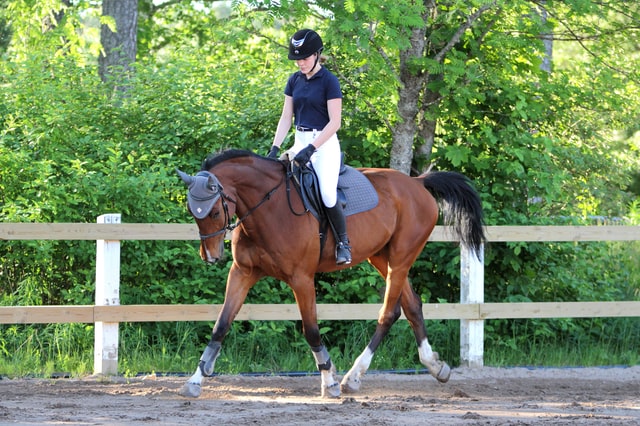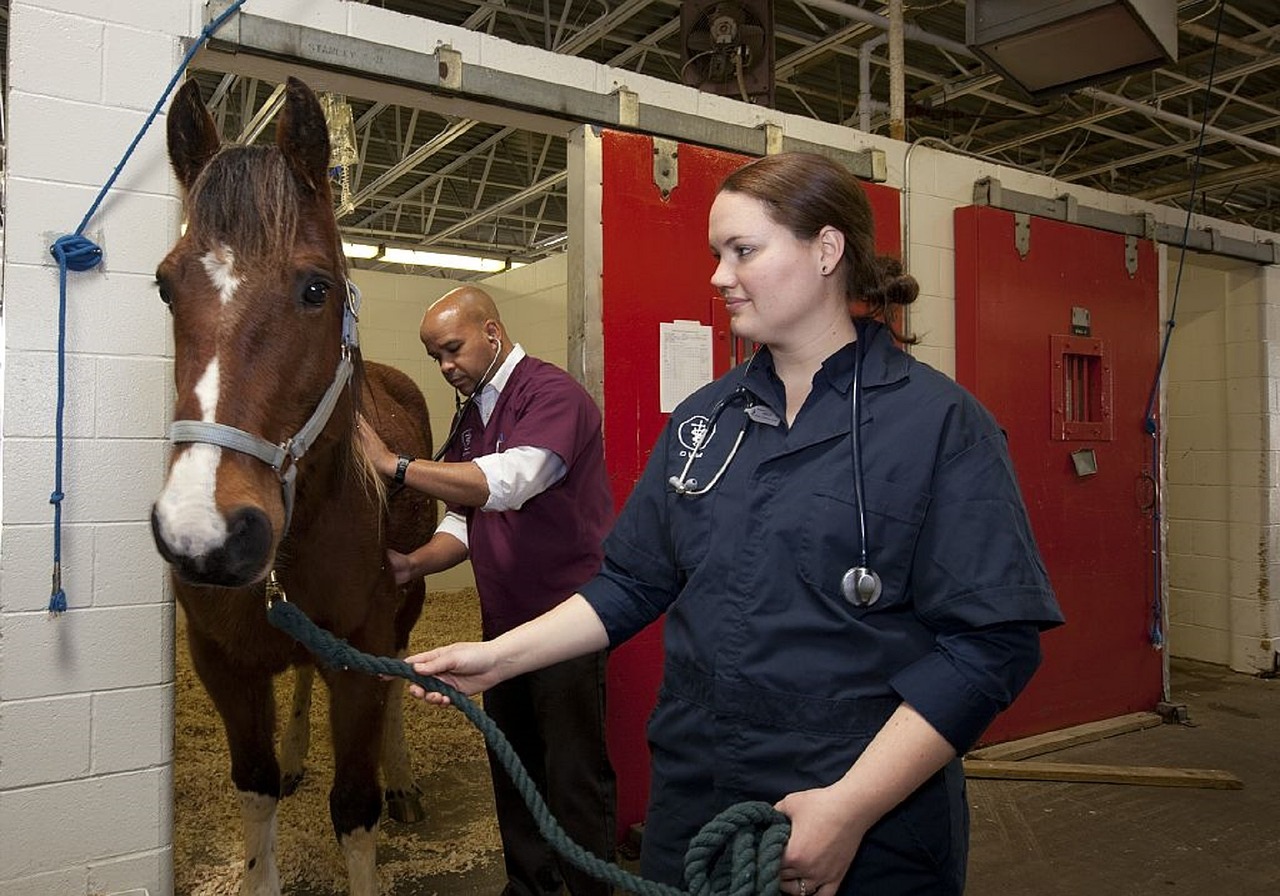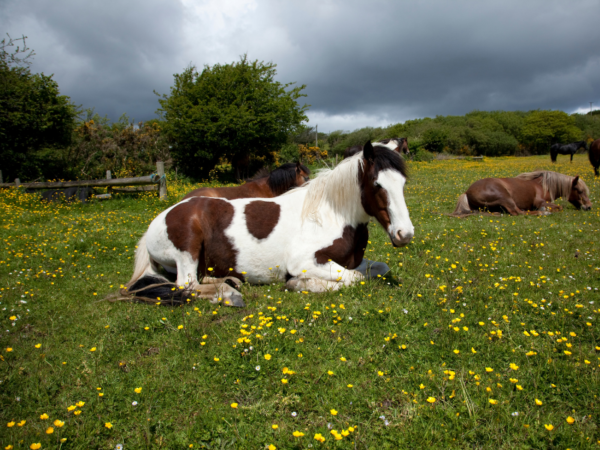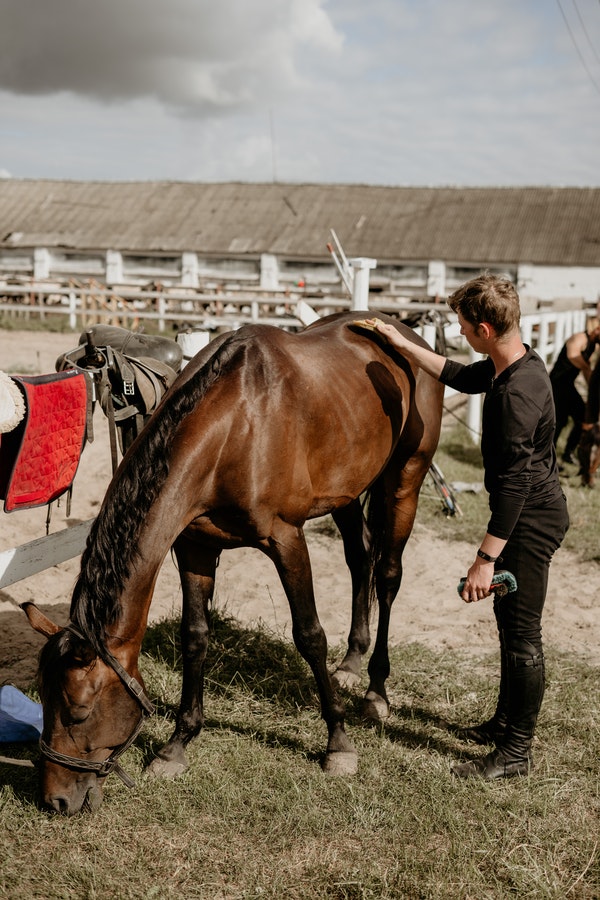How to Roach Your Horse’s Mane
Depending on your sport or other factors, you may be considering a roached mane for your horse.
In this post we’ll go over when you may need a roached mane for your horse and when you should leave it long, as well as how to go about roaching your horse’s mane.

When Your Horse May Need a Roached Mane
Often a horse’s job will dictate whether they need their mane roached or not.
Polo ponies, driving horses and some field hunters will have roached manes so that reins do not get tangled and create dangerous situations.
Some owners will choose to roach their horses if they have thin, whispy manes for appearances.
If a horse has skin issues on their neck where the mane lays (such as rain rot), it may speed healing to roach the mane and allow airflow and sunlight to reach the neck.
Some working horses will have their manes roached to prevent ticks and other pest infestations.
When to Not Roach a Horse’s Mane
During the warmer season, your horse’s mane is a defense against flies, especially the forelock.
Roaching your horse’s mane removes this natural fly swatter, so ensure you use fly spray routinely or allow your horse as much turnout as possible with other horses so that they can use their tails to swish flies away from each other.
How to Roach Your Horse’s Mane
To begin, your horse’s training is the most important part. If your horse has never been exposed to clippers, don’t go out one day and try to roach the entire mane.
If you know you’ll be roaching your horse’s mane, spend a week or two exposing him to the sound and vibrations of the clippers so when you do finally go to roach him he’ll be used to it.
Tie your horse so he doesn’t try to walk away, and you may need a stool or chair to stand on to give you the height that you need to clip his neck.
If you’re going to be clipping many horses at a time, like in a polo or driving barn, for example, I prefer large livestock clippers like these:
If you don’t clip often or only one horse, smaller clippers like these will work fine:
Regardless of what clippers you use, make sure the blades are sharp and that you use lubricant.
When buying clippers, also consider whether you want cordless or corded, and your nervous horse will appreciate the quieter clippers.
Now that you’re set up for success, your horse is tied and you’re on your stool, being at your horse’s withers.
Generally speaking, even horses with roached manes will still have a bit of mane left on the withers.
This gives you something to grab while you’re mounting, and prevents any rubbing with the front of the saddle and saddle pad.
Beginning in front of the withers, begin clipping by angling the clippers roughly 45 degrees and move forward.
If your horse has wrinkles or divets in his neck, you can untie him and encourage him to lower his head with food or a treat to stretch out his neck.
Go slowly and do not apply too much downward pressure to avoid accidentally cutting your horse.
Once you reach his poll, flip the clippers around and go under the forelock back towards the ears.
Also be very careful around the poll as it tends to stick out higher than the rest of the neck and makes it susceptible to knicking.



